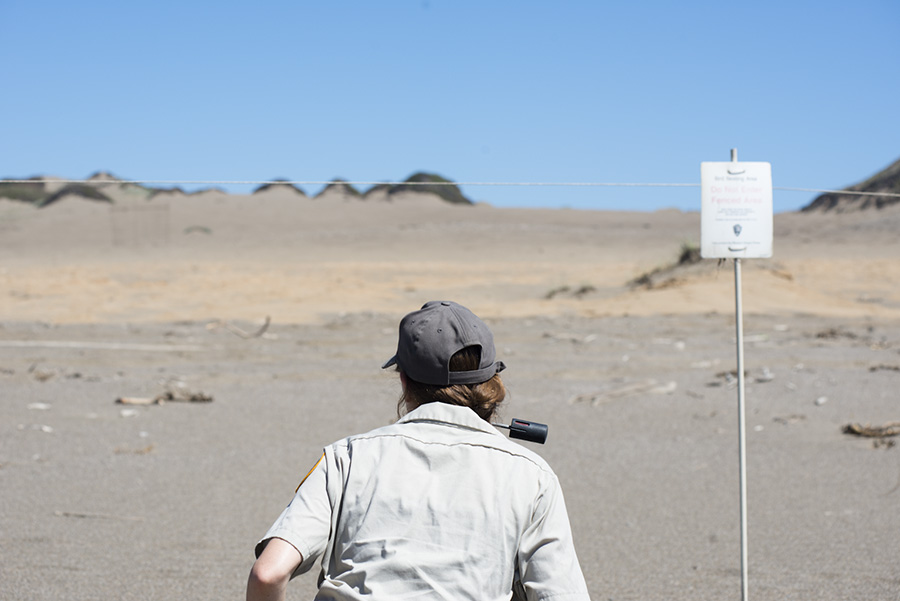In spite of ravens, wind and sprawling invasive grasses, Western snowy plovers’ nests have nearly tripled at Point Reyes National Seashore since last year.
Still . . .

In spite of ravens, wind and sprawling invasive grasses, Western snowy plovers’ nests have nearly tripled at Point Reyes National Seashore since last year.
Still . . .